The thematic series I started Aug. 12, 2019, “Postcards in the Folger Archives,” has come to a pause. It has not escaped my dear collational readers’ attention that in my most recent post I relied more heavily on artifacts from my personal collection. It is time to make a prepositional change. I will shift from analyzing postcards in the Folger archives—not accessible due to the building renovation—to postcards for the Folger archives, lying untapped in my Arlington VA home.
One such item is this brown envelope (and its contents).
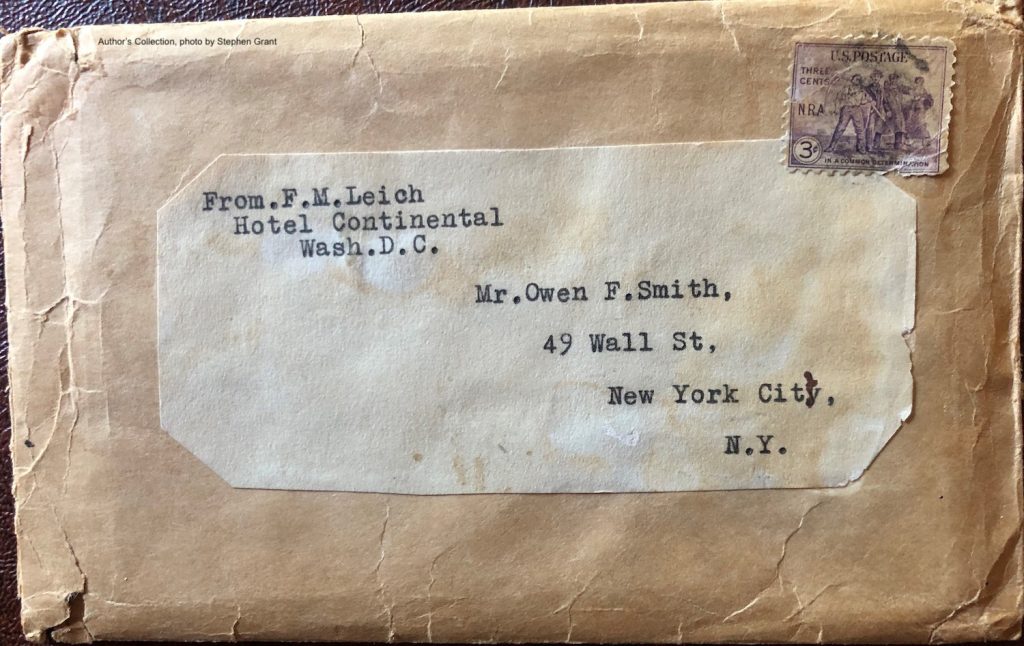
Fig. 1. Envelope sent from F. M. Leich to Owen F. Smith in October 1933
Author’s Collection, photo by Stephen Grant
Frances M. Leich operated a concession stand at the Hotel Continental on N. Capitol St. near Union Station. She sold the first B&W postcards of the Folger and tried to persuade Folger director William Adams Slade to let her sell the cards at the Library. Initially he was not interested. I stayed at the Hotel Continental in 1951. At the concessioner’s stand I bought a postcard that is still in my family. Frances Leich did not sell me the card, however, because she died in 1949.
As for the other name in Fig. 1, Owen Fithian Smith married Henry and Emily’s niece, Mary. Fithian was Emily Folger’s banker, financial secretary, and executor of Henry’s will. Fithian and Mary’s second daughter, namesake Emily Smith Carter, donated Emily Folger’s Duchesse lace wedding dress to the Folger in 2015, and on Mar. 17, 2016, sent me a gift of 18 B&W postcards of the Folger that had resided in the envelope for 83 years. Emily Smith’s husband proposed to her in the Hotel Continental.
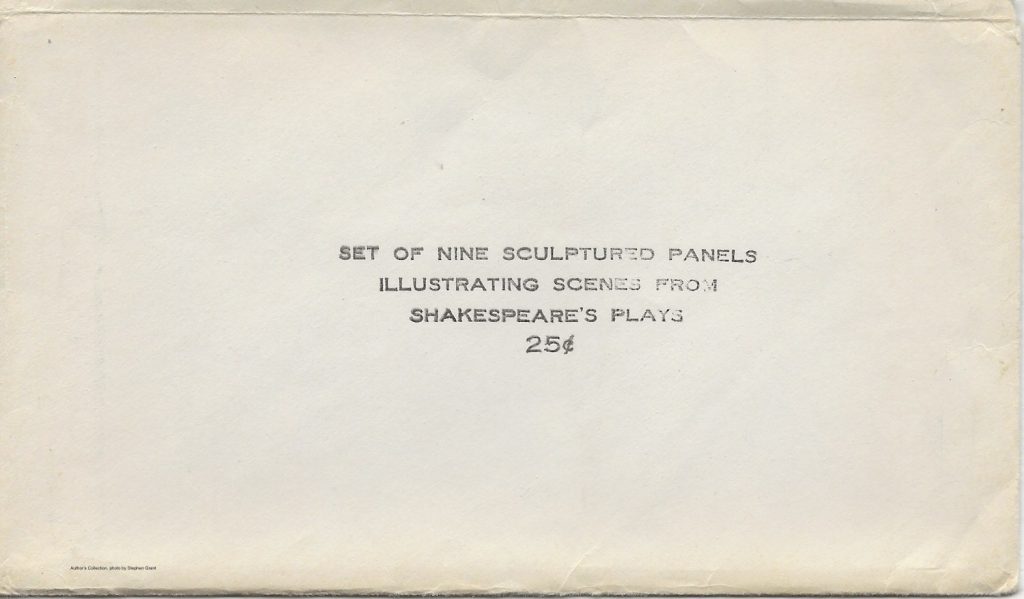
Fig. 2. Envelope Sent me from Santa Fe Postcard Dealer in March 2020
Author’s Collection, photo by Stephen Grant
Another is this white envelope (and its contents). Hey, what a deal: nine postcards of John Gregory’s sculptured panels on the north façade of the Folger for a quarter!
Now I will share two picture postcards of the north façade of the Folger, one the most modern in my collection and the other the oldest in my collection, both photographs taken of the Folger from a similar angle.
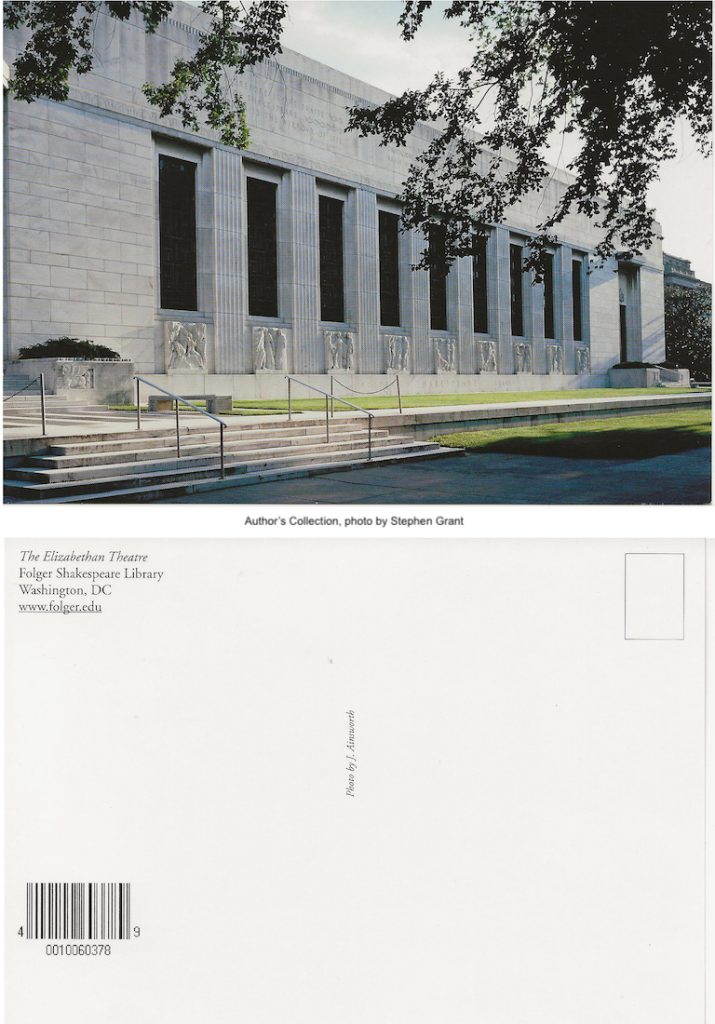
Fig. 3. North Façade of the Folger Library (Recent Color View) and other side of the same card.
The picture is identified as The Elizabethan Theatre of the Folger. Photograph by Julie Ainsworth. A website (www.folger.edu) is printed on a postcard? Lordy be! I have accumulated dozens and dozens of picture postcards of the Folger over the last 20 years, but only 6 indicate the Library’s website. The same 6 show a digital code. These elements would be helpful in generally dating this unused postcard. Can anyone give evidence as to what year this postcard was produced? The serial number 0010060378 would help the collector organize the collection and know what numbers might be missing. The photographer is identified as J. Ainsworth; Julie Ainsworth was a member of the photography department at the Folger starting in 1981, and eventually became its head. She added “digital imaging” to her title in 2005 and retired in 2018.
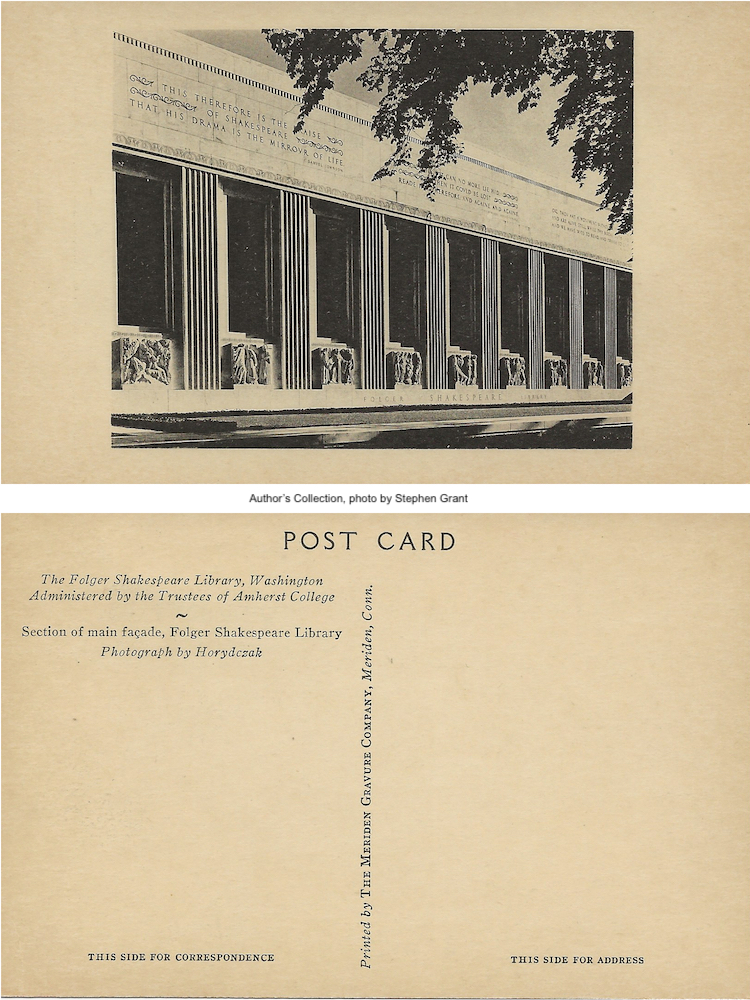
Fig. 4. North Façade of the Folger Library (1930s Sepia View) and other side of the same postcard.
The sepia card was printed by THE MERIDEN GRAVURE COMPANY, Meriden, Conn. The view is identified as section of main façade of the Folger. The Folger was “Administered by the Trustees of Amherst College.” The photographer is identified as Horydczak. Born in Germany, Theodor Horydczak was an American photographer whose studio was at 1321 Fern St., NW, Washington, DC. After the photographer’s death in 1971, his family donated his 33,000 photographic plates to the Library of Congress. The Meriden Gravure Co. used the collotype photomechanical process for making prints directly from a hardened film of gelatin. Before the invention of offset, collotype offered high-quality image reproduction.
The color card captures a wider angle than the sepia card, showing a small section of the Jefferson building of the Library of Congress. Over the decades, the size of picture postcards has changed. The sepia card is 3 ½ by 5 ½ in. while the modern card is 4 by 6 in. The collector who decides to display old and new postcards in a binder is able to find on the market two different sizes of plastic sheets to accommodate the different sized postcards, each exhibiting 4 or 6 cards in top- or side-loading pockets.
Would you like to see Theodor Horydczak at work with his camera? Show it to a young’un who knows only the camera on a smart phone.
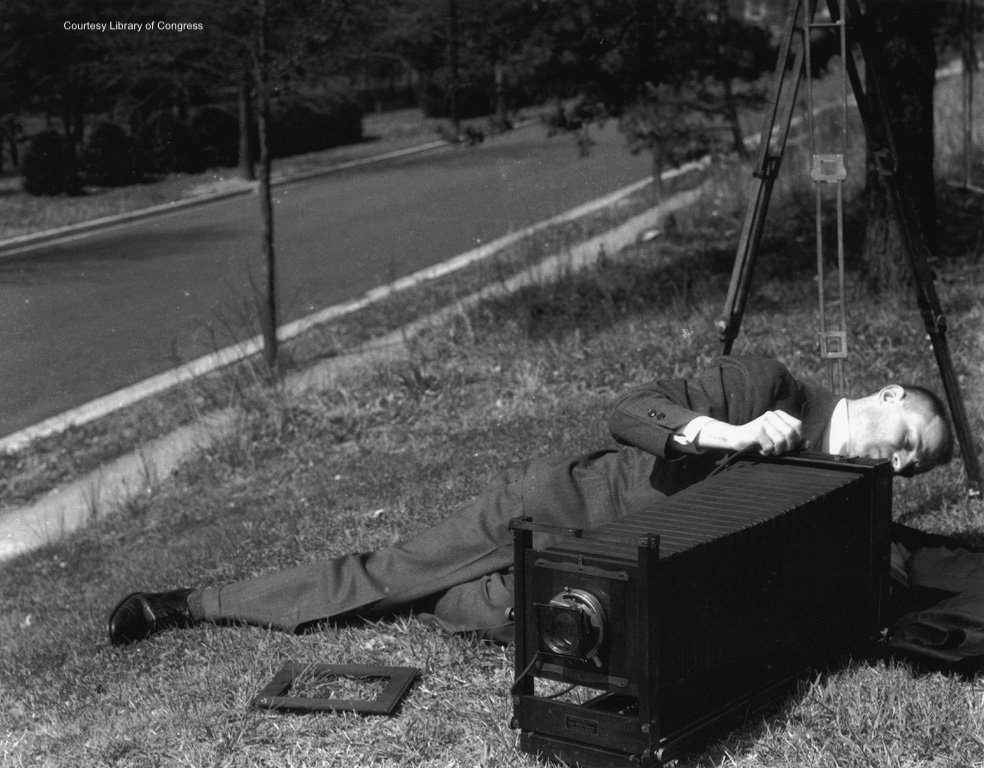
Fig. 5. Theodor Horydczak with his camera at work
Courtesy Library of Congress.
Admire the ten-pound Gold Ansco camera that uses 8-by-10-inch negatives. The Folger retained Horydczak as the official library photographer and had him prepare negatives of the Titus Andronicus quarto for printing. Amherst College provided the Folger with a $275 postcard fund. Yay Amherst that advocates deltiology!
(This post was originally published on the Folger Shakespeare Library’s research blog The Collation on August 13, 2020.)
COMMENTS:
CONNECT

0 Comments